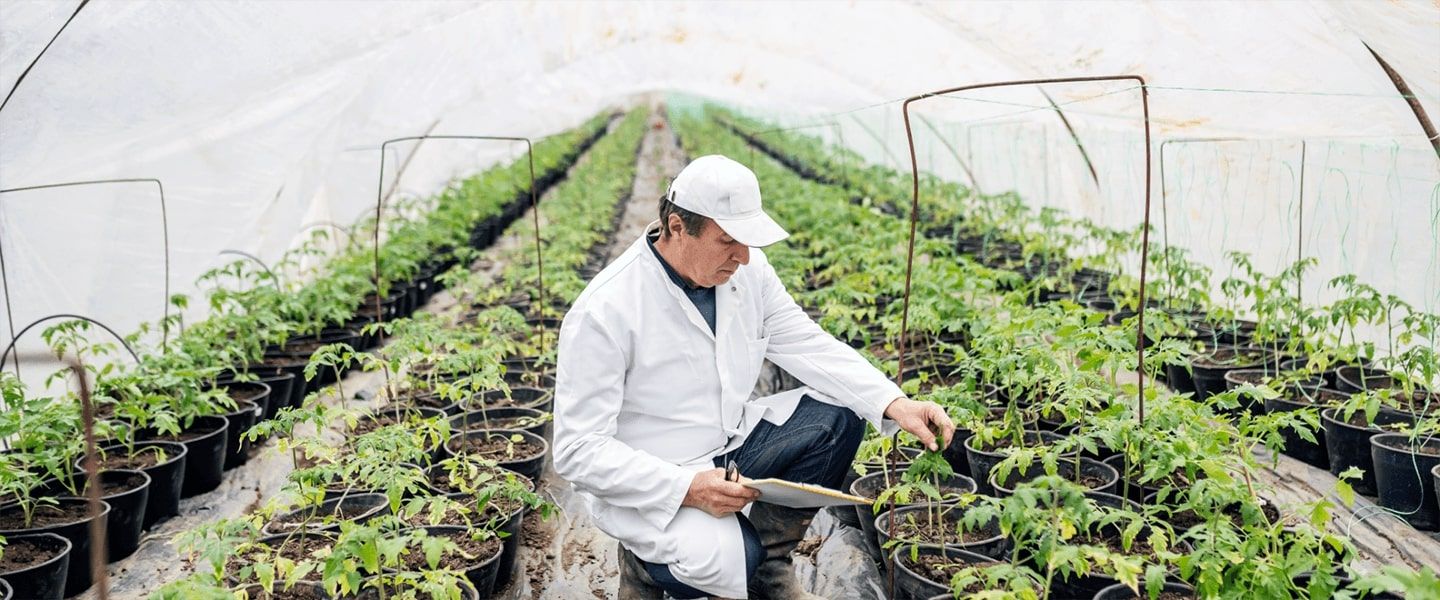Using Genstat in the ‘sustainable intensification’ of food production
Stewart Andrews
20 January 2021
Often, after fitting a complex linear mixed model (LMM), we are interested in constraining some of the variance components (VCs). There are many reasons why we might want to do this, such as when we combine data from several sources and we want to have a common parameter, or when we want to simplify a model to evaluate a specific hypothesis relating to these components.
The above results may seem biologically unreasonable for pines, where the genetic contribution of male and female parents (i.e., 𝚅A ) is often very similar. Hence, we expect their genetic variances to be almost identical. That is, we think σ2f=σ2m . The inconsistent VC estimates from our reference model could be the result of random sampling of families, or to the limited number of parents considered in this dataset (recall that we have only 4 male and 7 female parents).
Often, after fitting a complex linear mixed model (LMM), we are interested in constraining some of the variance components (VCs). There are many reasons why we might want to do this, such as when we combine data from several sources and we want to have a common parameter, or when we want to simplify a model to evaluate a specific hypothesis relating to these components.
The above results may seem biologically unreasonable for pines, where the genetic contribution of male and female parents (i.e., 𝚅A ) is often very similar. Hence, we expect their genetic variances to be almost identical. That is, we think σ2f=σ2m . The inconsistent VC estimates from our reference model could be the result of random sampling of families, or to the limited number of parents considered in this dataset (recall that we have only 4 male and 7 female parents).
Popular
Related Reads
